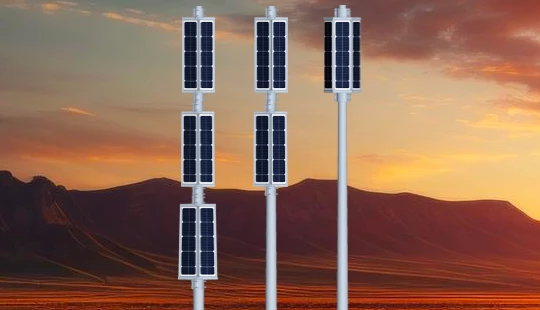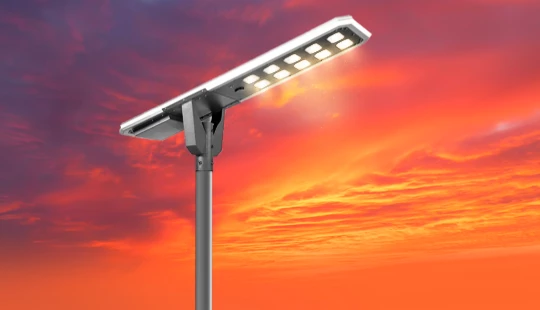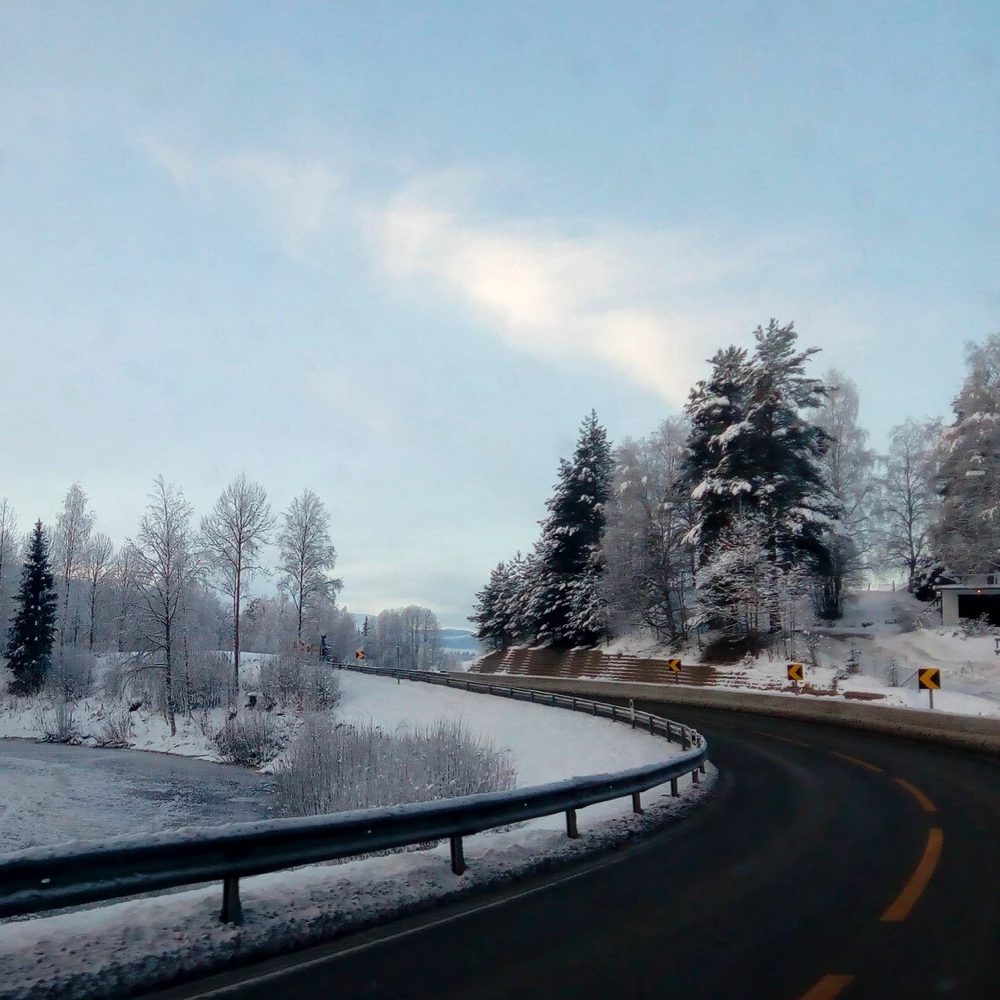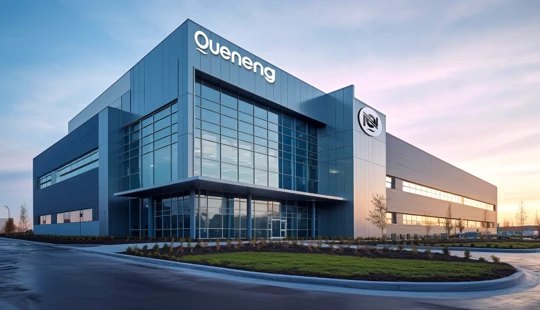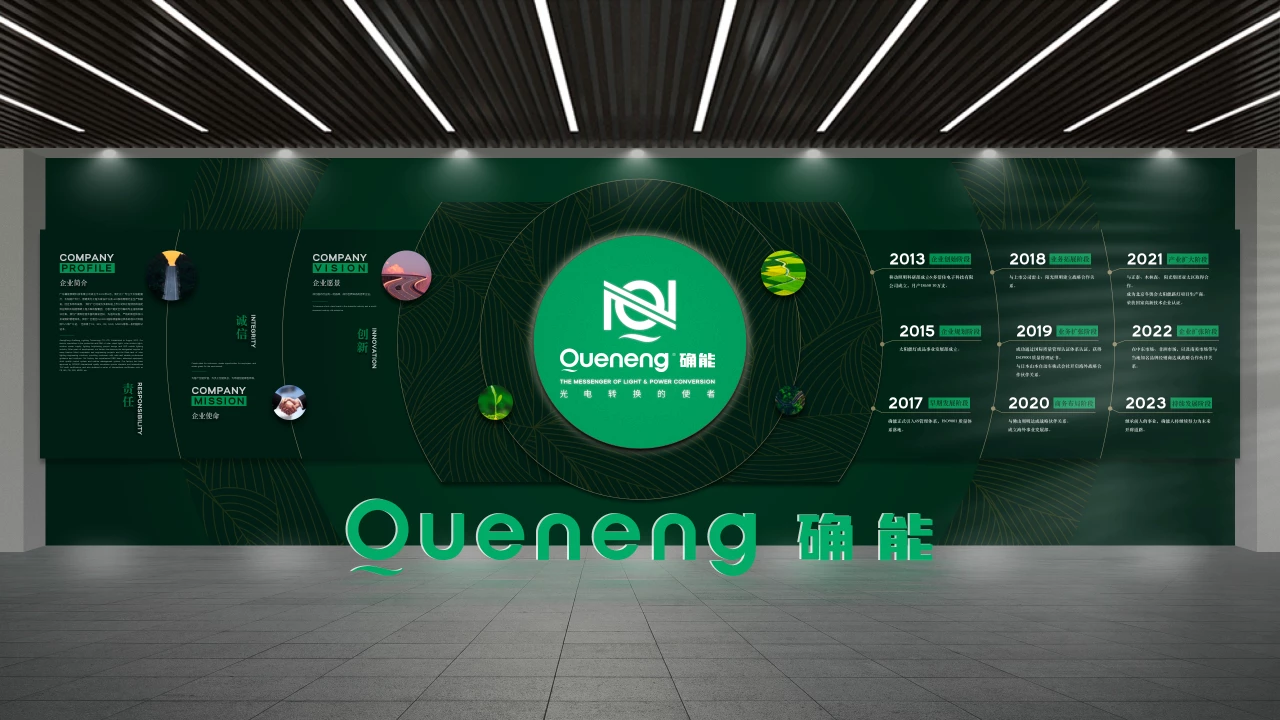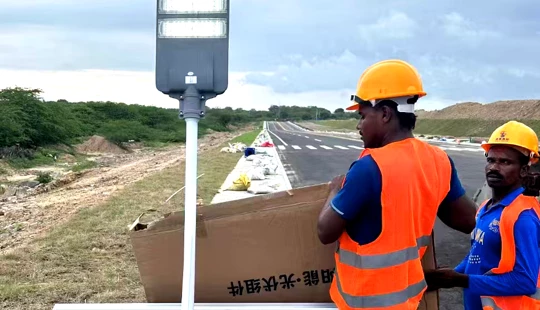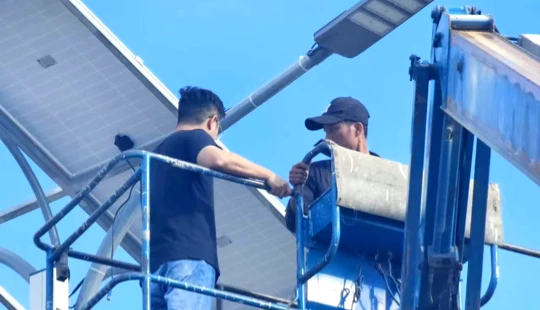best Queneng sports field solar lights Philippines | Insights by Quenenglighting
<h2>Unlocking Optimal Illumination: A Professional Guide to Queneng Solar Sports Field Lights in the Philippines</h2><p>As the demand for sustainable and cost-effective lighting solutions grows, solar-powered systems for sports fields are becoming an increasingly popular choice, especially in regions like the Philippines where grid access can be challenging and electricity costs are a concern. For professionals in procurement and facility management, selecting the right system, such as those offered by Queneng, requires a deep understanding of performance, durability, and long-term value. Let's address the most common questions and provide expert insights for your next solar lighting investment.</p><h3>What are the key specifications and performance metrics to look for in Queneng solar sports field lights for optimal illumination?</h3><p>When evaluating solar sports field lighting, beyond just the brand name, a professional must scrutinize the technical specifications to ensure they meet the specific needs of the sport and the facility. For Queneng solar lights, focus on:</p><ul> <li><strong>Lumen Output (lm) & System Efficacy (lm/W):</strong> This indicates the total light emitted and how efficiently the system converts power into light. For sports fields, high lumen output (e.g., 20,000 to 60,000+ lumens per fixture depending on pole height and coverage) combined with high efficacy (typically 150-180 lm/W for modern LEDs) ensures bright and energy-efficient illumination.</li> <li><strong>Lux Levels & Uniformity:</strong> While lumens measure the source, lux (lumens per square meter) measures the illumination on the playing surface. For recreational sports fields (e.g., basketball, volleyball, amateur soccer), an average illuminance of 50-100 lux is generally recommended by bodies like IESNA/CIE. Uniformity (ratio of minimum to average lux) should ideally be 0.4 or higher to prevent dark spots.</li> <li><strong>Color Temperature (CCT) & Color Rendering Index (CRI):</strong> A CCT of 5000K-5700K (cool white) is ideal for sports, providing clarity and enhancing visibility. A CRI of 70 or higher ensures that colors appear natural, which is important for identifying teams and maintaining visual comfort.</li> <li><strong>Battery Capacity & Autonomy:</strong> Look for LiFePO4 (Lithium Iron Phosphate) batteries due to their superior cycle life (2000-6000 cycles) and thermal stability. The battery capacity (measured in Ah or Wh) should provide sufficient autonomy – typically 3-5 consecutive rainy or cloudy nights of operation without charging.</li> <li><strong>Solar Panel Efficiency & Wattage:</strong> Monocrystalline silicon panels are preferred for their higher efficiency (18-22%) and smaller footprint. Ensure the panel wattage is adequately sized to fully charge the battery even on partially sunny days, considering the Philippines' solar irradiance levels.</li></ul><h3>How do Queneng solar lights ensure durability and reliability in the Philippines' challenging climate (typhoons, high heat, humidity)?</h3><p>The Philippine climate presents unique challenges that solar lighting systems must withstand. Queneng's commitment to durability is evident in several key design aspects:</p><ul> <li><strong>IP Rating:</strong> A minimum IP65 rating is essential, signifying complete protection against dust ingress and resistance to water jets from any direction. For sports fields, an IP66 rating offers even better protection against strong jets of water, crucial during torrential rains.</li> <li><strong>Robust Materials & Coatings:</strong> High-grade, corrosion-resistant materials like marine-grade aluminum alloys for light housings and hot-dip galvanized steel for poles are critical. Superior powder coating (e.g., AkzoNobel Interpon D2525) provides an extra layer of protection against salt spray and humidity.</li> <li><strong>Thermal Management:</strong> High temperatures can degrade LED performance and lifespan. Queneng employs advanced heat sink designs and intelligent thermal management systems to dissipate heat effectively, ensuring the LEDs operate within optimal temperature ranges even in tropical heat.</li> <li><strong>Wind Load Engineering:</strong> Given the prevalence of typhoons, the entire system (pole, fixture, and solar panel mount) must be engineered to withstand significant wind loads. Queneng systems are typically designed to resist wind speeds of 100-150 mph (up to Category 5 typhoon strength), with structural certifications.</li> <li><strong>Battery & Controller Protection:</strong> LiFePO4 batteries are more stable across temperature ranges. Advanced MPPT (Maximum Power Point Tracking) charge controllers with built-in protections against overcharge, over-discharge, and short-circuit enhance system reliability and battery longevity.</li></ul><h3>What is the expected lifespan and warranty for Queneng solar sports field lighting systems, and how does this impact long-term ROI?</h3><p>Understanding the lifespan and warranty of each component is vital for assessing the true return on investment (ROI) of a solar lighting system:</p><ul> <li><strong>LED Lifespan:</strong> High-quality LEDs are rated for 50,000 to 100,000 operating hours (L70/B10 rating), meaning they can last 10-20 years with typical dusk-to-dawn operation.</li> <li><strong>Battery Lifespan:</strong> LiFePO4 batteries are rated for 2,000 to 6,000 charge/discharge cycles. In a daily cycling application, this translates to a practical lifespan of 5-10 years before requiring replacement.</li> <li><strong>Solar Panel Lifespan:</strong> Solar panels are incredibly durable, with a typical performance warranty guaranteeing 80% output after 20-25 years.</li> <li><strong>System Warranty:</strong> Reputable manufacturers like Queneng typically offer a comprehensive warranty of 3-5 years on the entire lighting system, covering defects in materials and workmanship. Panels often have separate 10-year product and 25-year performance warranties.</li> <li><strong>Long-term ROI:</strong> The initial investment in a quality solar lighting system is offset by significant savings on electricity bills (zero energy cost), reduced operational expenditure (no trenching for cables, minimal maintenance), and eligibility for potential green energy incentives. Over a 5-10 year period, the total cost of ownership is often substantially lower than traditional grid-tied lighting, providing a compelling financial return.</li></ul><h3>Are Queneng solar sports field lights compliant with international lighting standards for various sports (e.g., FIBA, FIFA amateur levels), and what are the typical installation requirements?</h3><p>Ensuring compliance with relevant sports lighting standards is crucial for player safety and optimal game play:</p><ul> <li><strong>Standards Compliance:</strong> Queneng solar sports field lights are designed to meet or exceed recommended illuminance levels and uniformity ratios as per international guidelines like those from the Illuminating Engineering Society (IESNA RP-6) or specific amateur-level recommendations from federations like FIBA or FIFA. While professional broadcast-level lighting (hundreds of lux) might still require grid power, solar solutions are perfectly suited for recreational, training, and community sports fields (50-100 lux).</li> <li><strong>Customized Lighting Designs:</strong> A reputable supplier will provide a detailed lighting plan (e.g., using AGI32 or Dialux software) specific to your field's dimensions and desired sport, ensuring proper lux levels and uniformity are achieved with the selected number and placement of fixtures.</li> <li><strong>Installation Requirements:</strong> Solar sports field lights are typically stand-alone units, meaning no complex trenching or grid connection is required. Installation involves: <ul> <li><strong>Foundation:</strong> A sturdy concrete foundation for each pole, sized according to local soil conditions and wind load requirements.</li> <li><strong>Pole Erection:</strong> Poles typically range from 6 to 12 meters in height, depending on the field size and desired light distribution. Queneng systems often feature modular designs for easier assembly.</li> <li><strong>Fixture & Panel Mounting:</strong> The LED fixture, solar panel, and battery (often integrated within the fixture or pole) are mounted onto the pole, with careful alignment of the solar panel towards the optimal sun path (south-facing in the Northern Hemisphere, slightly tilted for maximum irradiance).</li> <li><strong>Smart Control Setup:</strong> Programming the intelligent controller for desired operating hours, dimming profiles, and motion sensing (if applicable).</li> </ul> </li></ul><h3>What maintenance is required for Queneng solar sports field lights, and what after-sales support is available in the Philippines?</h3><p>One of the significant advantages of solar lighting is its low maintenance requirement, but some periodic checks are still recommended:</p><ul> <li><strong>Minimal Routine Maintenance:</strong> Queneng solar sports lights are designed to be largely maintenance-free. The primary task is periodic cleaning of the solar panels (every 6-12 months, or more frequently in dusty environments) to ensure maximum energy absorption. This can be done with water and a soft brush.</li> <li><strong>Component Checks:</strong> Annually, it's advisable to visually inspect the system for any physical damage, ensure all connections are secure, and check the battery's health status via the controller (if it has diagnostics). With LiFePO4 batteries, active management systems largely handle cell balancing, reducing hands-on battery maintenance.</li> <li><strong>Remote Monitoring & Diagnostics:</strong> Advanced Queneng systems may offer remote monitoring capabilities, allowing facility managers to check system performance, battery status, and identify any faults from a central location, significantly simplifying maintenance.</li> <li><strong>After-Sales Support in the Philippines:</strong> When re-purchasing, inquire about Queneng's local presence or authorized distributors in the Philippines. This ensures timely technical support, availability of spare parts (e.g., replacement batteries after their lifespan), and professional assistance for any warranty claims or troubleshooting. A reliable local partner can provide installation guidance, commissioning support, and training for your maintenance staff.</li></ul><h3>Queneng Lighting: Your Advantage in Solar Sports Field Illumination</h3><p>Queneng Lighting stands out as a strong contender for solar sports field illumination in the Philippines due to its commitment to high-performance components, robust engineering tailored for challenging climates, and intelligent control systems. By leveraging high-efficiency monocrystalline solar panels, long-life LiFePO4 batteries, and advanced LED technology with superior lumen output and color rendering, Queneng ensures reliable, bright, and uniform illumination. Their durable designs, boasting high IP ratings and engineered wind resistance, provide peace of mind against the Philippines' harsh weather. Coupled with excellent component lifespans and comprehensive warranties, Queneng systems offer a compelling long-term ROI, significantly reducing operational costs and environmental footprint. For your next solar lighting procurement, Queneng provides a professional, sustainable, and high-quality solution.</p>
Have more questions about our products or services?
The latest hot news you might like

Discover how solar panels power street lights, exploring the technology behind solar energy conversion, storage systems, and how solar-powered street lights are revolutionizing urban and rural lighting solutions.

Learn how AC Solar Hybrid Street Lights work, their advantages, disadvantages, system behavior in low-sunlight conditions, and why hybrid technology is ideal for regions with unstable sunlight.

Municipalities around the world are increasingly adopting solar-powered streetlights as part of their urban development strategies. Rising energy costs, the need for sustainable infrastructure, and government green initiatives are driving cities to switch from traditional street lighting to advanced LED solar streetlights.
Queneng Lighting provides municipalities with cost-effective, energy-efficient, and durable solar lighting solutions, ensuring safe and sustainable public spaces.
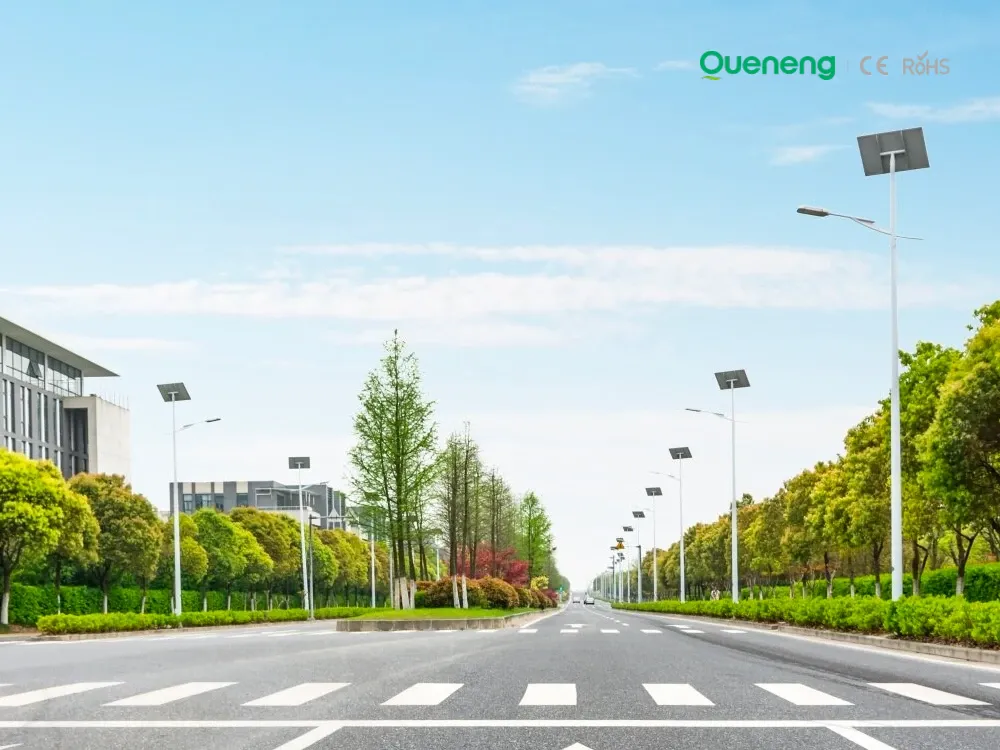
In recent years, the purchase of solar streetlights for municipalities has become a growing trend across the globe. Local governments are under pressure to reduce public expenditure, promote green energy, and create safer communities. Solar streetlights provide a reliable, cost-effective, and sustainable solution that meets these needs. Queneng Lighting, as a leading solar street lighting manufacturer, has supported multiple municipal projects worldwide with customized and energy-efficient solutions.
FAQ
Solar Street Light Lufei
Can solar street lights be connected to the electrical grid?
Most solar street lights are designed to operate independently of the electrical grid, but some models offer hybrid systems that allow for grid connection as a backup during extended periods of low sunlight.
Schools and Educational Institutions
Do the solar lights come with a timer or automatic on/off function?
Yes, many of our solar lighting systems come with built-in timers or automatic sensors, allowing them to turn on at dusk and off at dawn, or based on a set schedule.
Battery and Analysis
What are the main causes of rechargeable battery swelling?
2) The battery has no protection function and the cell expands;
3) The charger has poor performance and excessive charging current causes the battery to swell;
4) The battery is continuously overcharged by high rate and large current;
5) The battery is forced to over-discharge;
6) Issues with the design of the battery itself.
Public Gardens and Landscape Lighting
What happens if the solar light is not working properly?
If your solar light is not working properly, it could be due to a variety of reasons, such as dirt on the solar panel, insufficient sunlight, or battery issues. We recommend cleaning the panel and ensuring it receives enough sunlight. If the problem persists, please contact our customer service team for troubleshooting assistance.
Solar Street Light Lufeng
What makes Lufeng solar street lights eco-friendly?
Lufeng solar street lights are eco-friendly because they use renewable solar energy to power the LEDs, eliminating the need for electricity from the grid. This reduces carbon emissions and dependence on fossil fuels, contributing to a greener, more sustainable environment.
Can Lufeng solar street lights be integrated with other smart systems?
Yes, Lufeng solar street lights can be integrated with smart systems for more advanced functionality. Some models can be connected to remote control units or smart city systems, allowing for real-time monitoring, remote management, and automated control of lighting schedules. This integration enhances efficiency and ease of use.
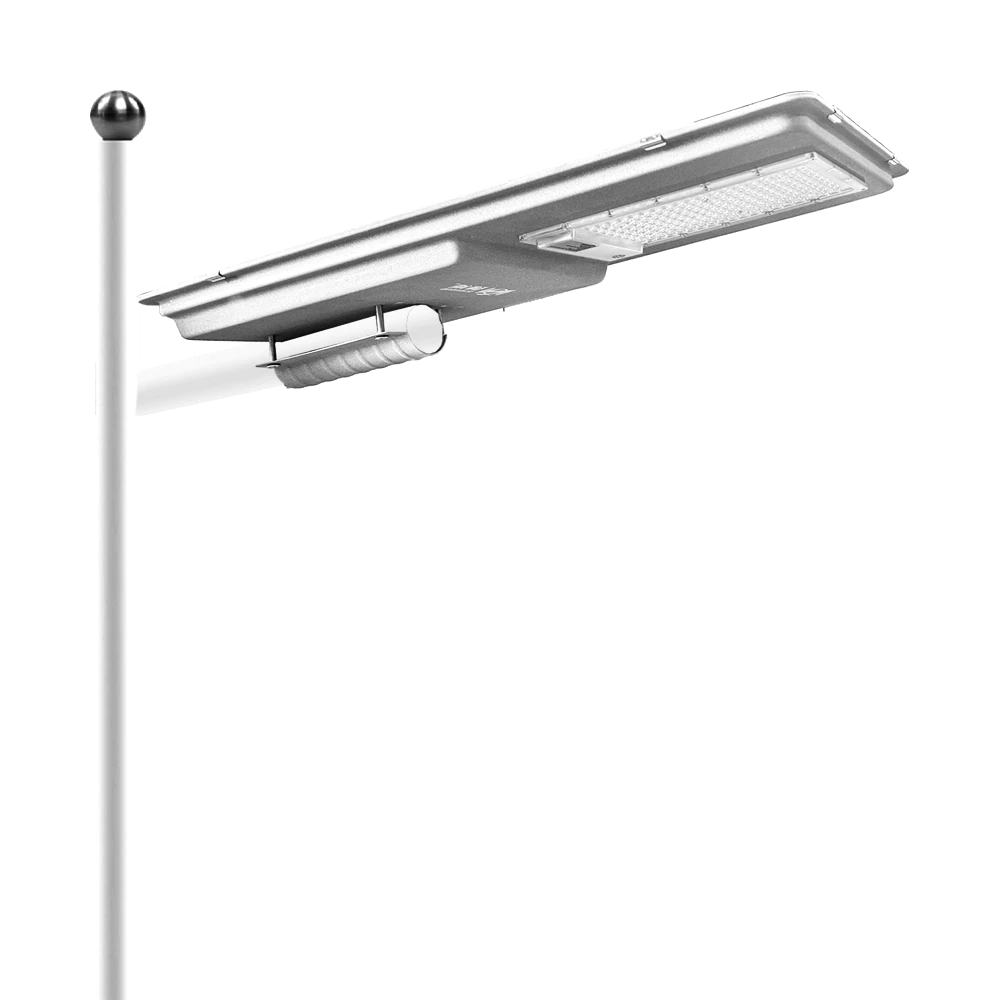
Queneng's Lufa high-efficiency solar LED street lights illuminate urban and commercial spaces brilliantly. These commercial solar LED street lights offer superior energy savings and reliable performance, making them an ideal sustainable lighting solution.
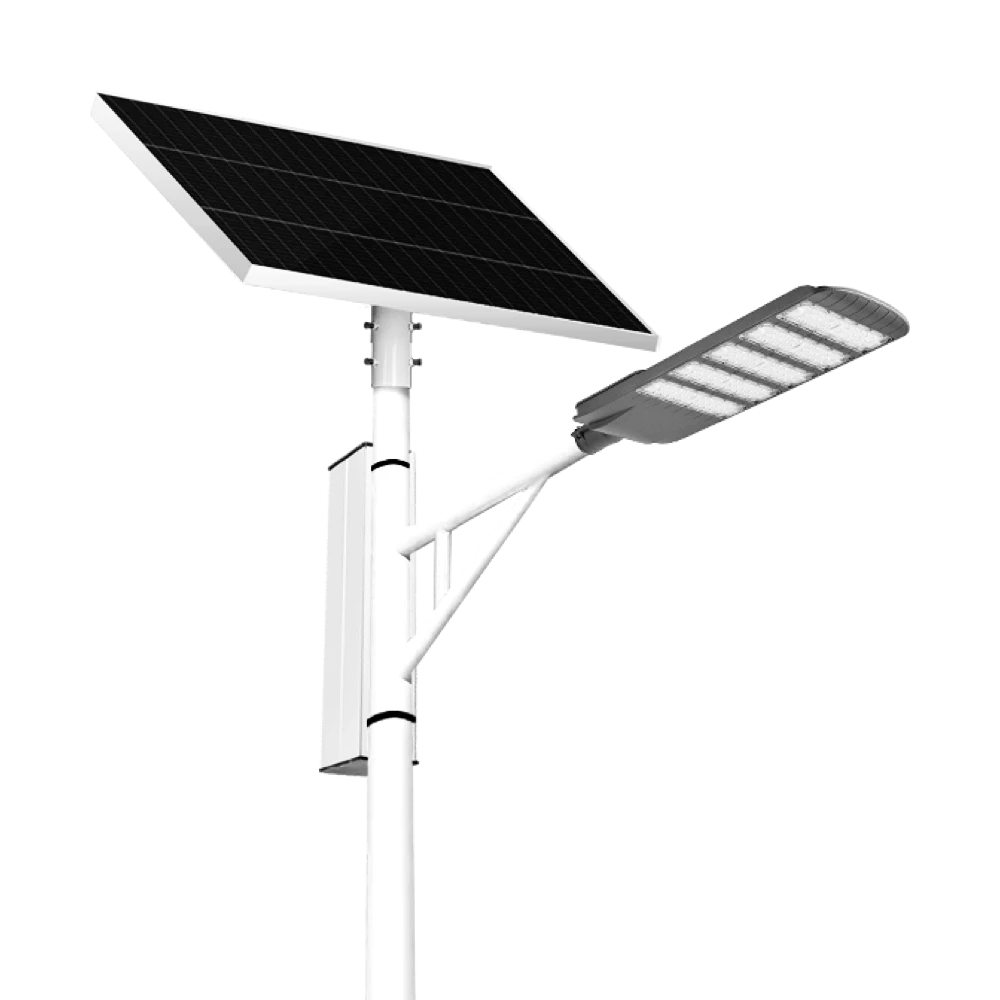
The Solar Streetlights of Luhao for Municipalities are designed to deliver reliable, energy-efficient, and cost-effective public lighting solutions. Equipped with advanced LED technology, durable lithium batteries, and high-efficiency solar panels, these streetlights provide consistent illumination for roads, parks, residential areas, and government projects.
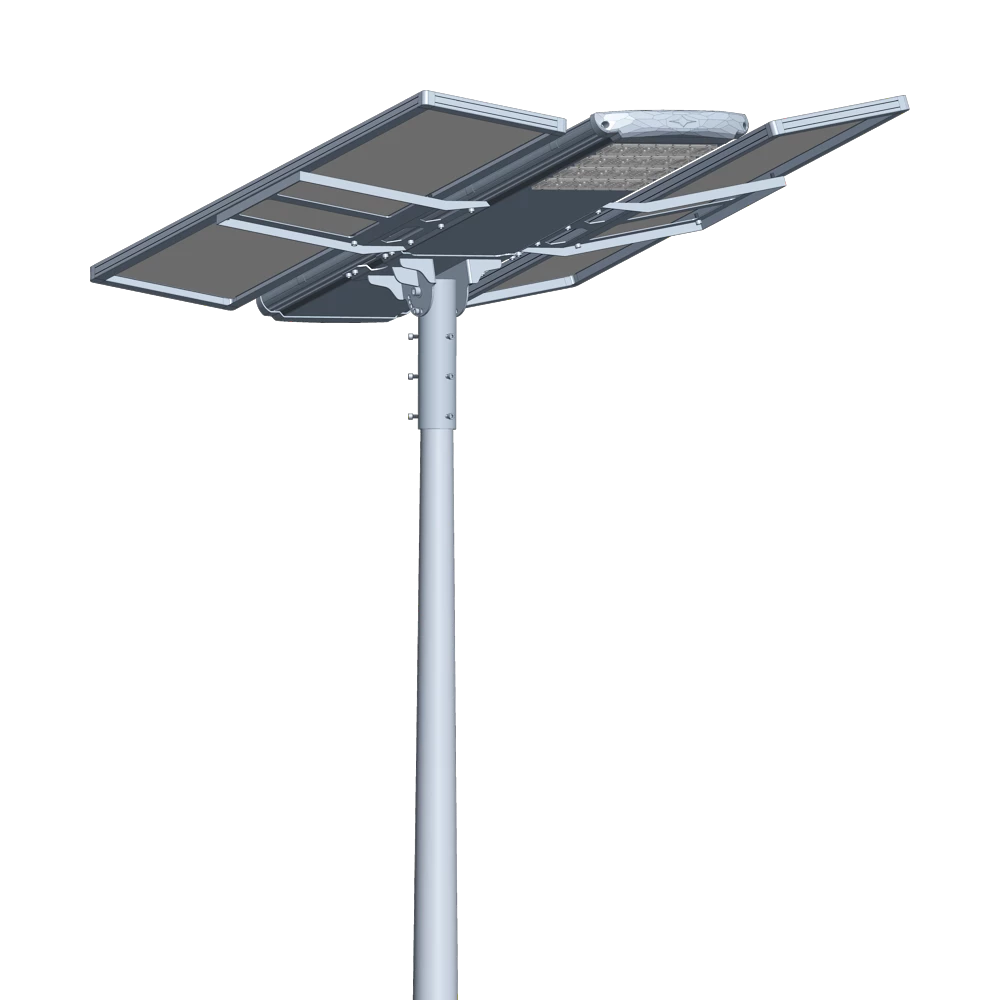
Introducing the Luqing Solar Street Light by Queneng, Efficient LED lighting powered by solar energy is perfect for illuminating outdoor areas. Harness the power of solar energy for sustainable, reliable street lighting. Ideal for eco-friendly, cost-effective outdoor illumination solutions.
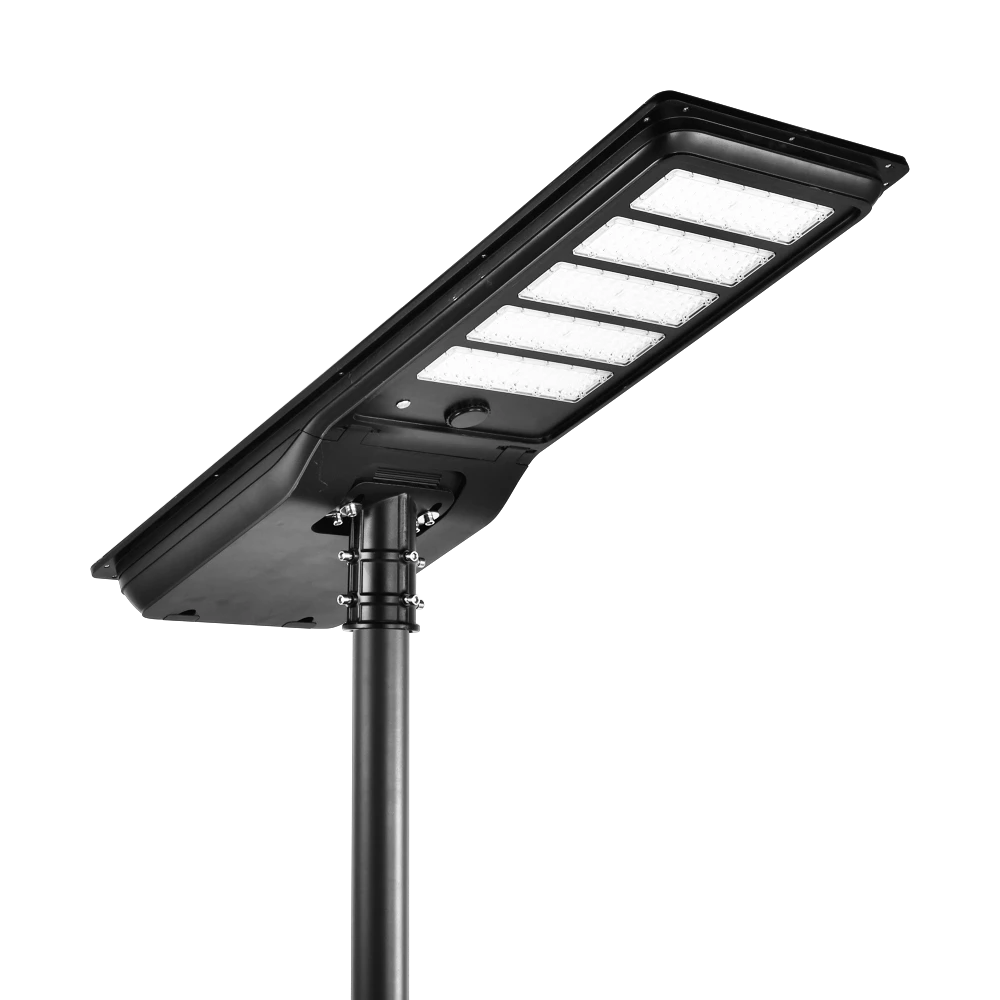
High-efficiency all-in-one solar street light with a monocrystalline solar panel and LiFePO₄ battery. Delivers brighter illumination, wider outdoor coverage, and safer lighting performance for streets and public areas.
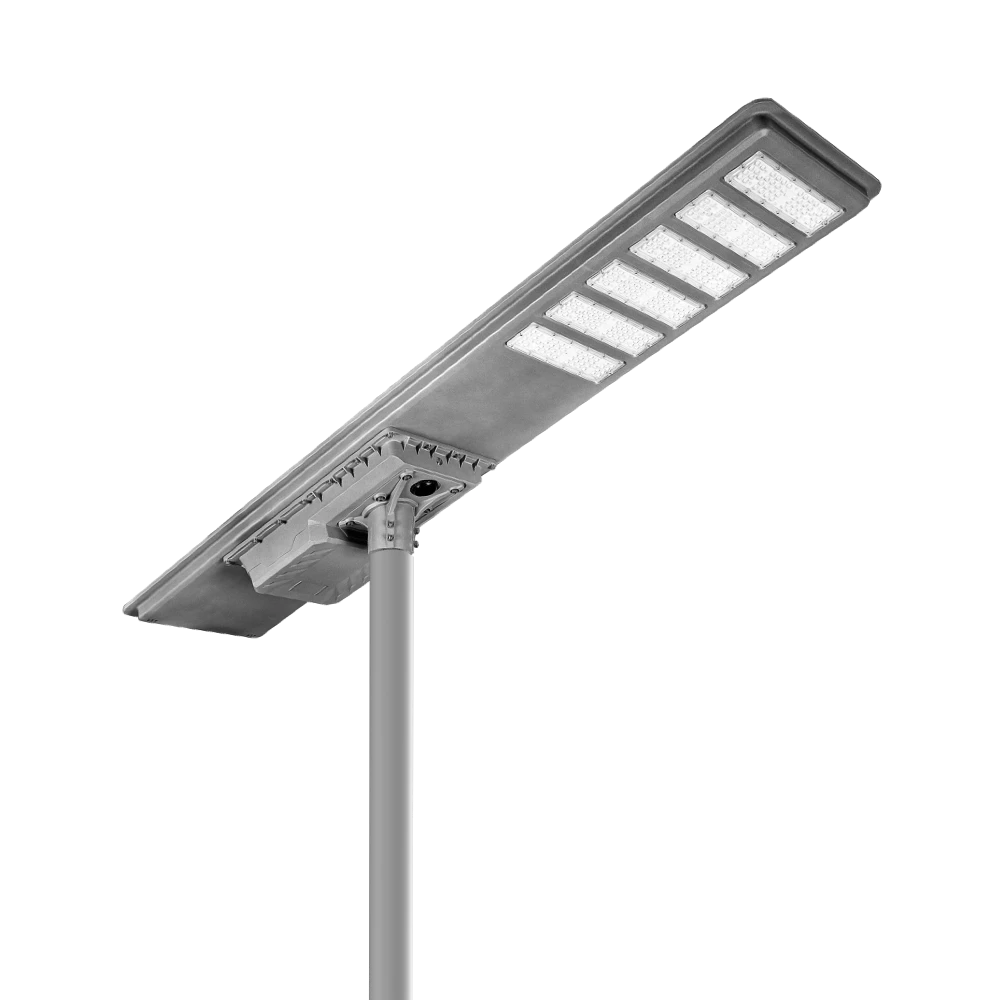
Queneng's Luqiu Innovative Solar Street Light offers energy-saving, durable outdoor lighting. This solar power street light provides a reliable and eco-friendly solution for illuminating your streets and pathways.
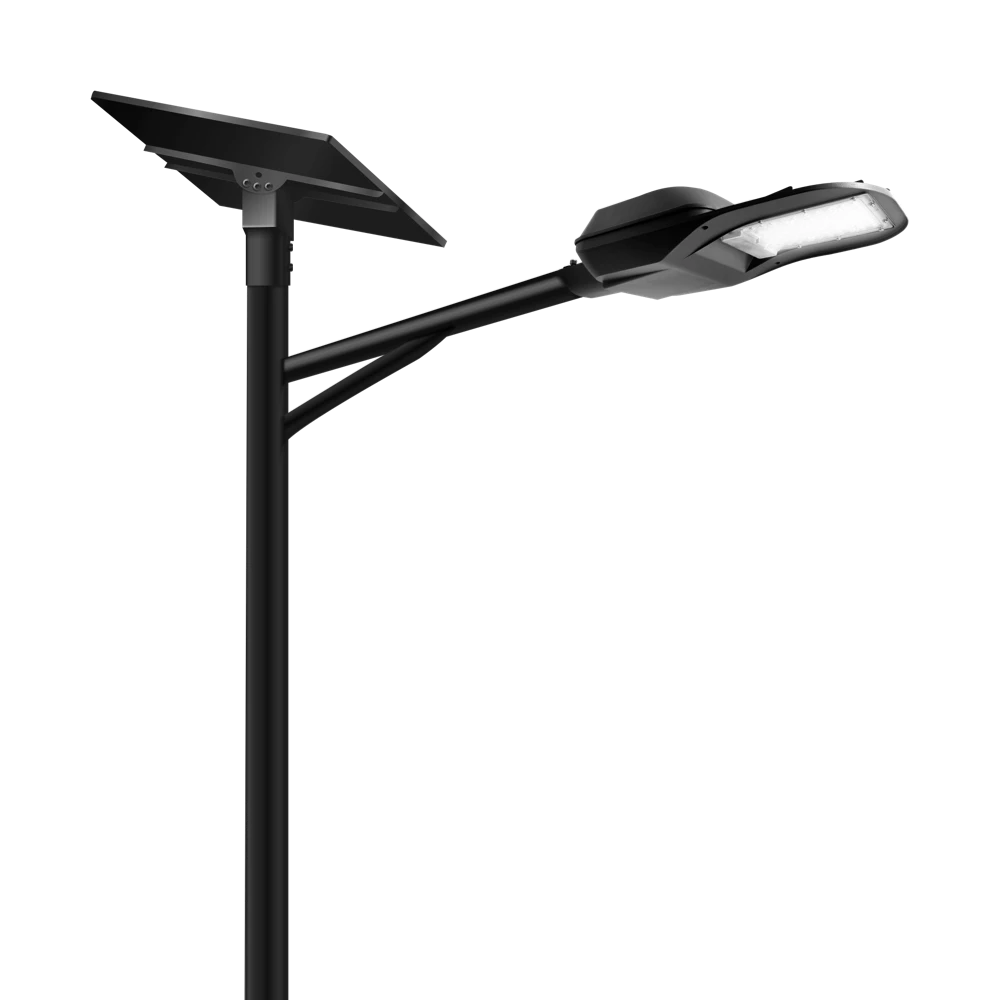
If you would like more information about Queneng solar lighting solutions, please send us a message by filling out the form below. Our professional team will get back to you within 24 hours!
Rest assured that your privacy is important to us, and all information provided will be handled with the utmost confidentiality.
Schedule a Meeting

Book a date and time that is convenient for you and conduct the session in advance.
Have more questions about our products or services?

